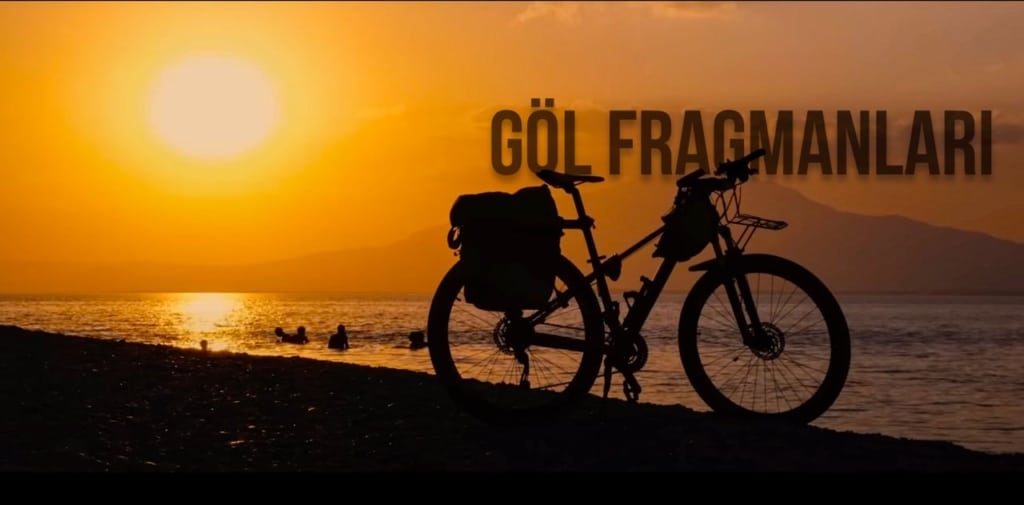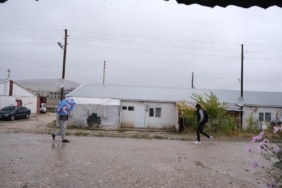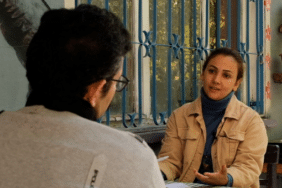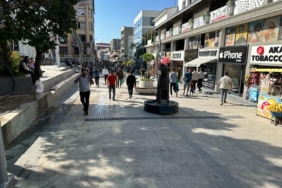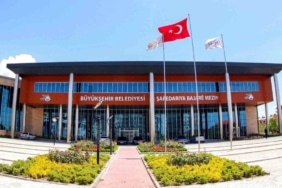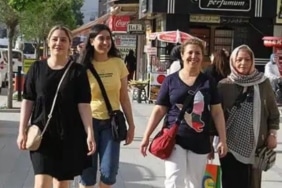Arşad Narçin, Coordinator of the Lake Trailers Documentary series, says that as a result of the study on the relationship of the people of Van with Lake Van, people have established a relationship with the lake as pollution.
Lake Van, Turkey’s largest lake, is the world’s largest soda lake. It is observed that there is some recession on the shores of Van Lake, which is 600 thousand years old. In addition to the withdrawal, studies on Lake Van, which is often on the agenda with pollution, are insufficient. Arşad Narçin from the Kinovan Initiative said that they set out with Sipan Aslan, Hayrettin Alan and Zafer Avnaş to document the relationship of the people of Van with Lake Van in 2020, and summarizes the situation with the following sentence: “The city that turned its back to the lake.”
The meeting of ecology and history
Lake Fragments When we asked why Lake Van was taken at the center of a study that started with a team of four coming together in 2020, Narçin replied: “We live in Van. The most distinctive feature that adds identity to Van is the lake. “We decided to make a study both ecologically and historically by describing the lake’s relations with humans.”
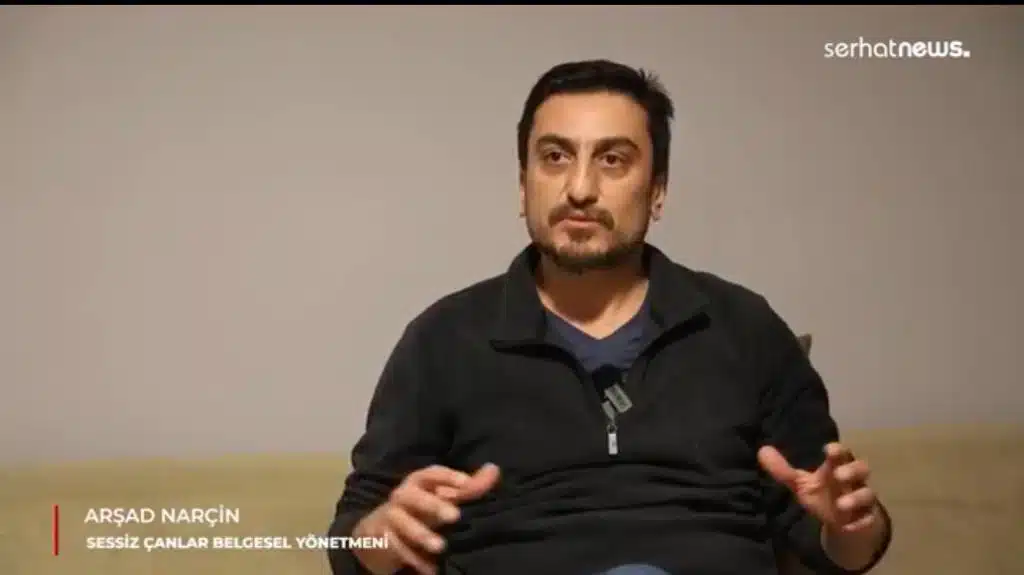
Narçin said that they decided to focus on the Van Lake Basin, but the shooting was limited due to the basin spreading over a wide area, and that they made the planning of the shooting immediately, but the shooting was spread over a period of one year.
There is a weakness in the sociological sense
Narçin says that the point that best explains the logic in Lake Trailers is the shooting with Suvat Parin. Narçin states that, as Parin stated and they also observed, it is a lake that adds character to Van, but the relationship that Van people have with the lake is very weak. He says they added a title: “The city that turned its back to the lake.” Narçin emphasizes that if city residents do not establish a relationship with the lake, they do not have to worry about keeping it clean and are not involved in decisions regarding the lake.
Stating that local governments and state public institutions should have some plans for the lake, Narçin said, “The people of Van are not included in the decisions that will increase the livability of the lake, such as rehabilitating it, cleaning it, social facilities built around it. Because it doesn’t have much of a relationship with the lake. There is not much organic bonding. The absence of this connection creates the images we see today; Water flowing into the lake carries garbage, treatment facilities do not work adequately, and people cannot enter the lake in many places. “That pollution is actually the relationship with the lake,” he says.
Women’s relationship with the lake
Lake Trailers also includes a chapter on a woman’s relationship with the lake. The footage also includes an interview section about a woman’s relationship with the lake, the relationship she wants to establish and why she cannot. Saying that they started from old photographs, Narçin states that they made a comparison. Stating that they received feedback about the Lake Trailers, Narçin said, “Some teachers showed their students at school, saying, ‘There is such a study about Lake Van, what do you think?’ There was a lot of feedback, but we couldn’t get much of it. “Ours was a small initial touch,” he says.
The reverse relationship that humans have with the lake
Zafer Avnaş, who shot and edited the Lake Trailers Documentary series, says the following at the end of the four-part documentary: “The bond I established with Lake Van at the age of 22 was thanks to this work.”
When we ask how he got involved in the study, he says that it was the idea of two of his friends who were also involved in the study. The idea actually emerges from an environmental-cultural association. However, after meeting Avnaş, the team decided to turn this idea into a visual work. And that’s how Lake Trailers come to life. Stating that they started the first study with Erçek, Avnaş said, “After Erçek, we did a study in İskele. There was a situation similar to the ‘Mumbai dumps’ on the Pier Beach. “We tried to raise awareness by filming there,” he says.
Avnaş says that when they started shooting, they discussed people’s relationship with Lake Van. When we say this, a ‘spiritual bond’ relationship immediately comes to our mind, but Avnaş presents a completely opposite picture and makes the following sentence: “People’s relationship with the lake… How much they pollute the lake… How much contact do they have with the lake?” These sentences bring back to our minds the pollution landscape we see every day.
The lake does not accept what people think is right
Avnaş says that when he saw the extent of the pollution of the lake during the shooting, he saw that people were interacting with the lake very well. Stating that they leave their garbage behind in every picnic area and deliver it to the lake, Avnaş said, “The lake does not accept this and throws it back to the shore. He was giving people back their garbage. “We actually saw this relationship between humans and the lake,” he says.
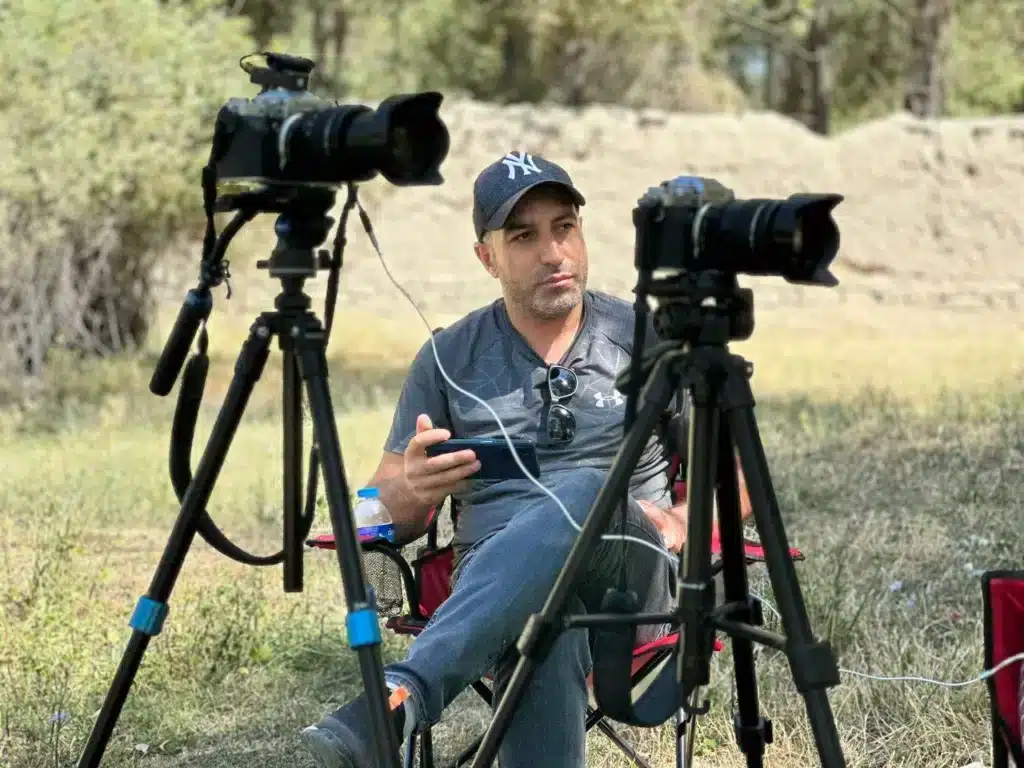
Stating that they started working to capture all the ponds and streams in the Van Lake Basin, Avnaş adds that the work gave him experience and a different perspective on nature. Avnaş said, “Until that day, I had never seen how much damage humans could do to nature. I can look at the world a little better through my own camera. When I looked through the viewfinder, I saw this: We were causing great damage. “After that, I started collecting every garbage I encountered in nature,” he says.
The number of people who do not touch the sea is very high
Describing a situation he experienced during a shoot, Avnaş said, “One of our interviewees said, ‘When we were kids, we used to come swimming from 15-29 kilometers away. “However, there were people living 2 or 1 kilometer away who still had not entered the lake,” he said. “As a native of Van, I realized at that moment that I had entered the lake after the age of 22,” he emphasizes.
Avnaş calls Lake Van ‘sea’ like every Van resident and adds: “We have a sea too. And it was in our power to go to the sea, but we did not do it.”
Stating that the people of Van still do not have a bond with the lake, Avnaş says that 80 percent of the people living in cities where the sea is located have contact with the sea, but only 20 percent of those living in Van can establish a bond with the lake. Stating that he observed this during the shooting, Avnaş adds that the conservative structure of Van is a little more prominent in terms of contact with the lake, and also adds that the people living in the city consider going to the lake a luxury.
Serhat News
Translator:Akif Coşun

